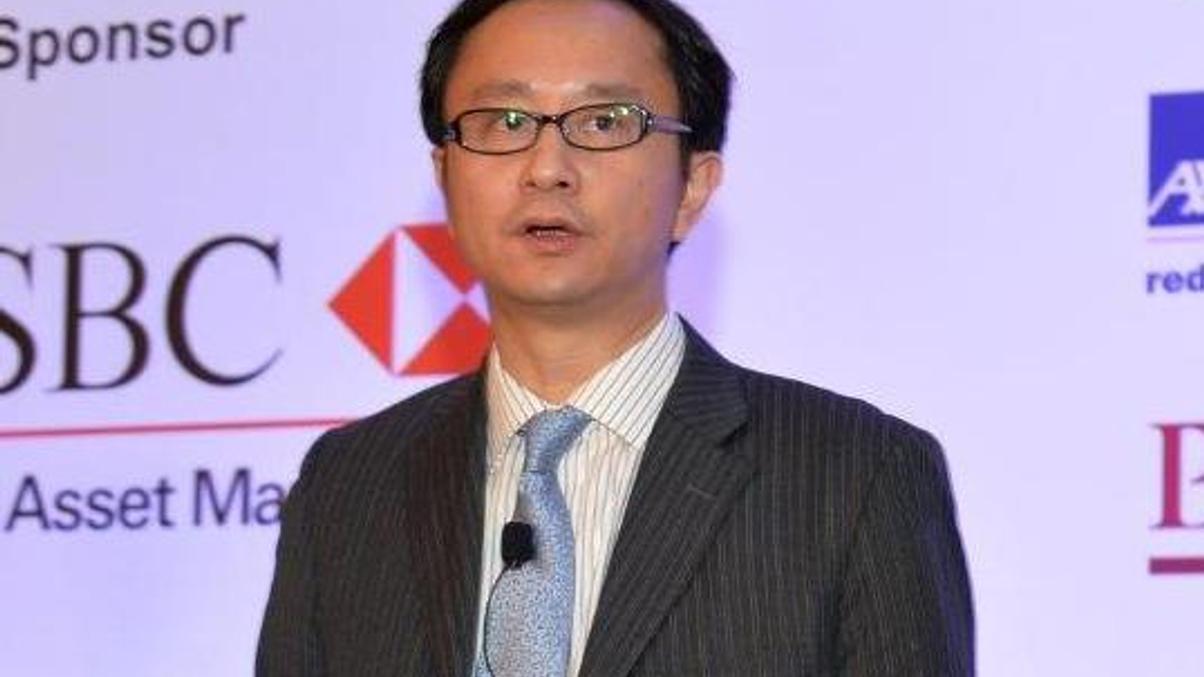China equity boom: on your marks
HSBC Global Asset Management’s Michael Chiu argues that structural reforms to domestic markets plus broader economic reforms will unlock a multi-year bull run.

China’s reforms should generate a boom in its equity markets, says Michael Chiu, equities investment director for Asia Pacific at HSBC Global Asset Management. And the trend may have already begun.
Sign In to Your Account
Access Exclusive AsianInvestor Content!
Please sign in to your subscription to unlock full access to our premium AI resources.
Free Registration & 7-Day Trial
Register now to enjoy a 7-day free trial—no registration fees required. Click the link to get started.
Note: This free trial is a one-time offer.
¬ Haymarket Media Limited. All rights reserved.


